Anti Diabetic Drugs – This book covers the entire syllabus of “Pharmacology” prescribed by BNMC- for diploma in nursing science & midwifery students. We tried to accommodate the latest information and topics. This book is an examination setup according to the teachers’ lectures and examination questions.
At the end of the book, previous questions are given. We hope in touch with the book students’ knowledge will be upgraded and flourish. The unique way of presentation may make your reading of the book a pleasurable experience.
Anti Diabetic Drugs
The agents that are used in the treatment and prevention of Diabetes mellitus are called hypoglycaemic agents.
Main function: Decrease blood glucose level
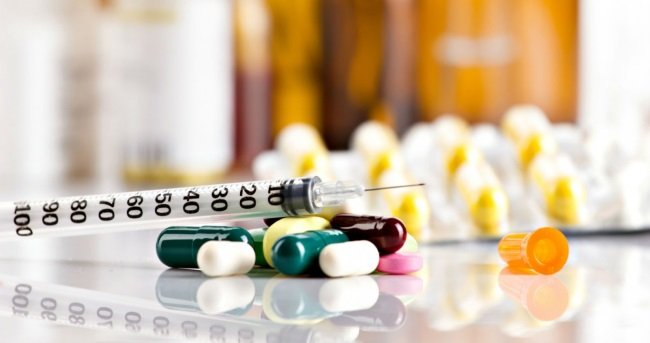
Classification of hypoglycemic agents:
A. Parenteral hypoglycaemic agents
Insulin preparations:
1. Fast acting (5-12 hours)
- Crystalline insulin (regular insulin inj.) widely used
- Zinc insulin crystals.
- Prompt insulin Zinc suspension (semilente)
2. Intermediate acting (12-24 hours)
- Isophen insulin suspension
- NPH: Neutralisation protamine hagemen)
- Insulin zinc suspension (lente)
3. Long acting (24-36 hours)
- Protamine zinc insulin suspension.
- Extended insulin zinc suspension (ultralente)
B. Oral hypoglycaemic agents
1. Sulfonyl urea derivatives First generation:
- Tolbutamide (profuse use, t1/2 = 4-6 hours)
- Chlorpropamide (t1/2-24-42 hours)
- Acetohexamide
- Carbutamide
- Tolazamide
2. Second generation:
- Glibenclamide
- Gliclazide
- Glipizide
3. Biguanidederivatives
- Phenformin
- Metformin
- Buformin.
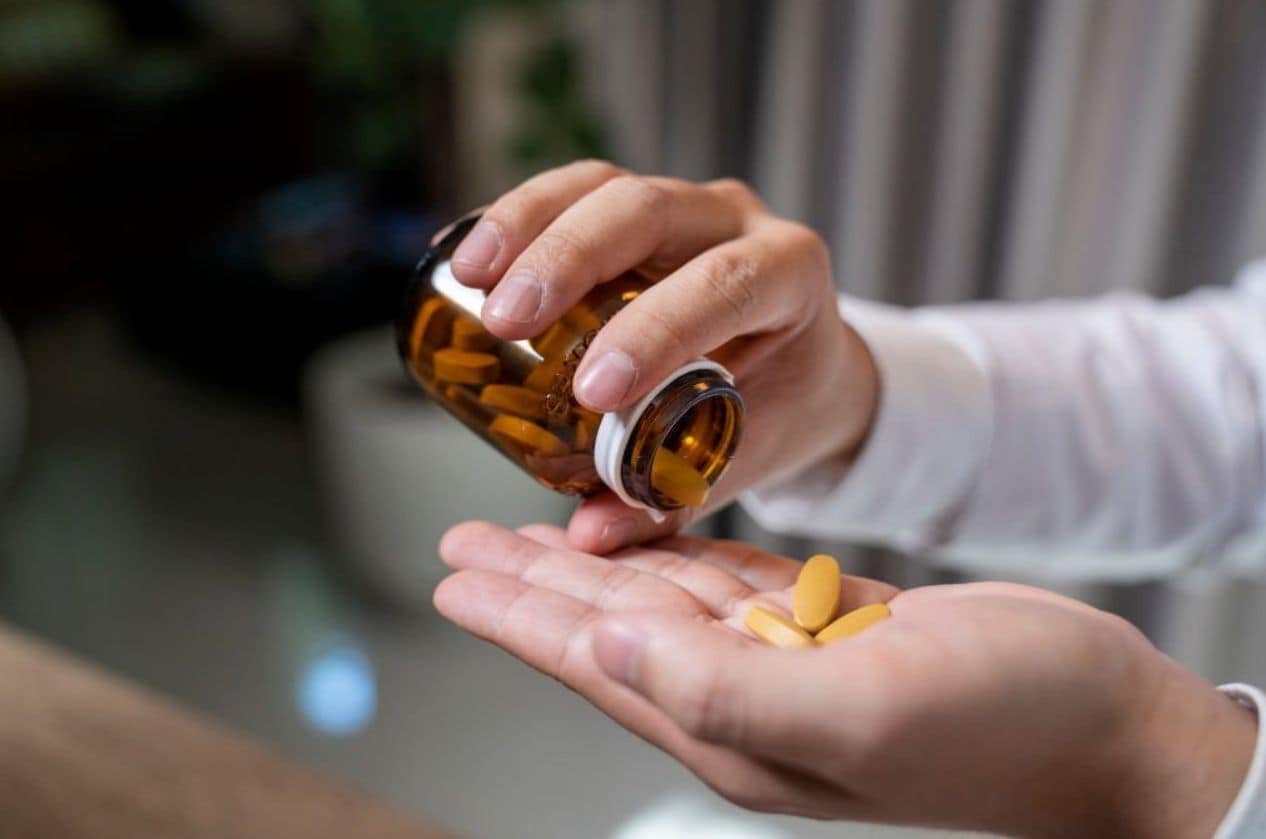
Insulin
Insulin derived from Latin word “insula” means an island. As insulin is secreted from the B-cells of islets of Langerhans of pancreas, so it is called insulin. Circulating insulin binds with p-globulin. The bound form is biologically inactive.
Chemistry of insulin:
1. It is a small protein with a molecular weight in humans of 5808. It contains two chains A and B. A chain has 21 amino acids and B chain has 30 amino acids. Two chains are linked by disulfide bond, when this bond breaks insulin becomes inactive.
2. Pro-insulin, a long single chain protein molecule, is processed within golgi body and packed into granules, where it is hydrolysed into insulin and a residual connecting segment called C-peptide by removal of four amino acids.
3. Insulin and C-peptide are secreted in equimolar amounts in response to all insulin secretogogue. pro-insulin may have some mild hypoglycaemic action. C-peptide has no known physiologic function.
4. Granules within B-cells store the insulin in the form of crystals consisting of two atoms of zinc and six molecules of insulin.
Sources of insulin:
1. Human insulin
2. Bovine insulin
3. Porcine insulin
Human insulin
It is made by:
a. Recombinant DNA technology.
b. Enzymatic modification of porcine insulin
c. Bacterial (crb) insulin.
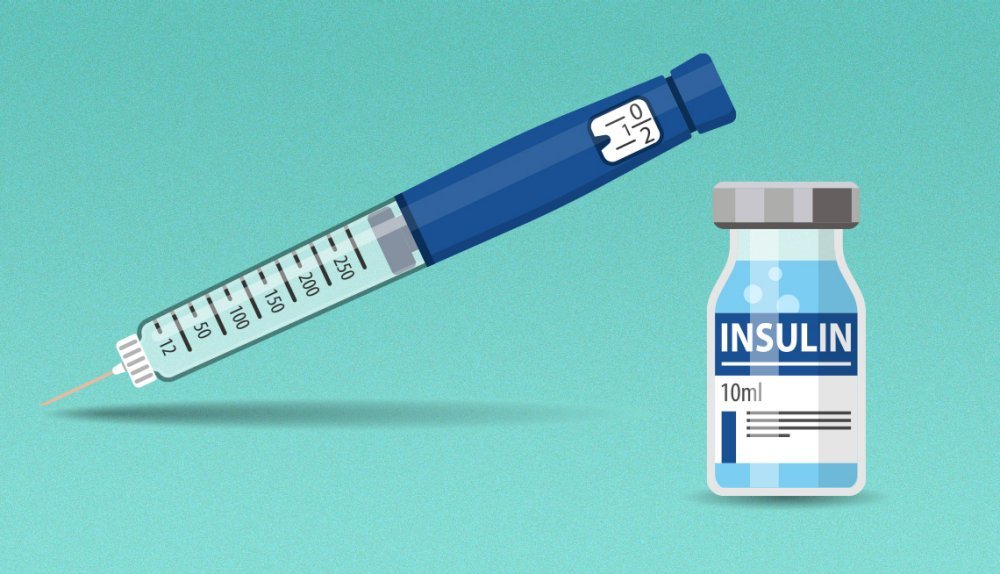
Properties of human insulin:
a. Less antigenic
b. Given subcutaneously
c. Absorbs more rapidly from the site of injection.
d. Shorter duration of action
e. Dose must be adjusted as the duration of action is short.
f. Less incidence of resistance.
g. Most expensive.
h. More hypoglycaemic attack.
Different preparations of insulin:
Short acting insulin
| Rapid onset of action (within 15-60 min)
|
Intermediate acting
| Slow onset of action (within 1-2 hours).
|
Long acting insulin (SR preparation)
| Onset of action: 4-6 hours (delayed).
|
|
|
Enlist the formulations of insulin
Formulations of insulin:
There are two main types of insulin:
- Insulin prepared in a clear solution (soluble or crystalline): these insulin are short acting and are the only insulin to be used in emergencies such as diabetic ketoacidosis or for surgical operations.
- Insulins premixed with retarding agents (either protamine or zinc): these insulins are intermediate or long acting (lente, semilente or ultralente insulin)
Lente insulin:
Lente insulin is a mixture of 30% semilente with 70% ultralente insulin. This mixture provides:
- Appearance: cloudy.
- Rapid absorption from the injection site
- Onset of action: 1-2 hours of administration.
- Sustained action: 18-24 hours.
Semilente insulin:
Semilente insulin is an amorphous precipitate of insulin with zinc ions in acetate buffer.
- Appearance: cloudy.
- Relatively rapid onset of action: 0.5-1.0 hours.
- Intermediate duration of action: i2-16 hours.
Ultra-lente insulin:
Ultralente insulin is a poorly soluble crystal or zinc insulin.
- Appearance: cloudy.
- Delayed onset of action: 4-6 hrs of administration.
- Prolonged duration of action: 20-36 hours.
- Dose: once or twice daily (to provide basal level of insulin)
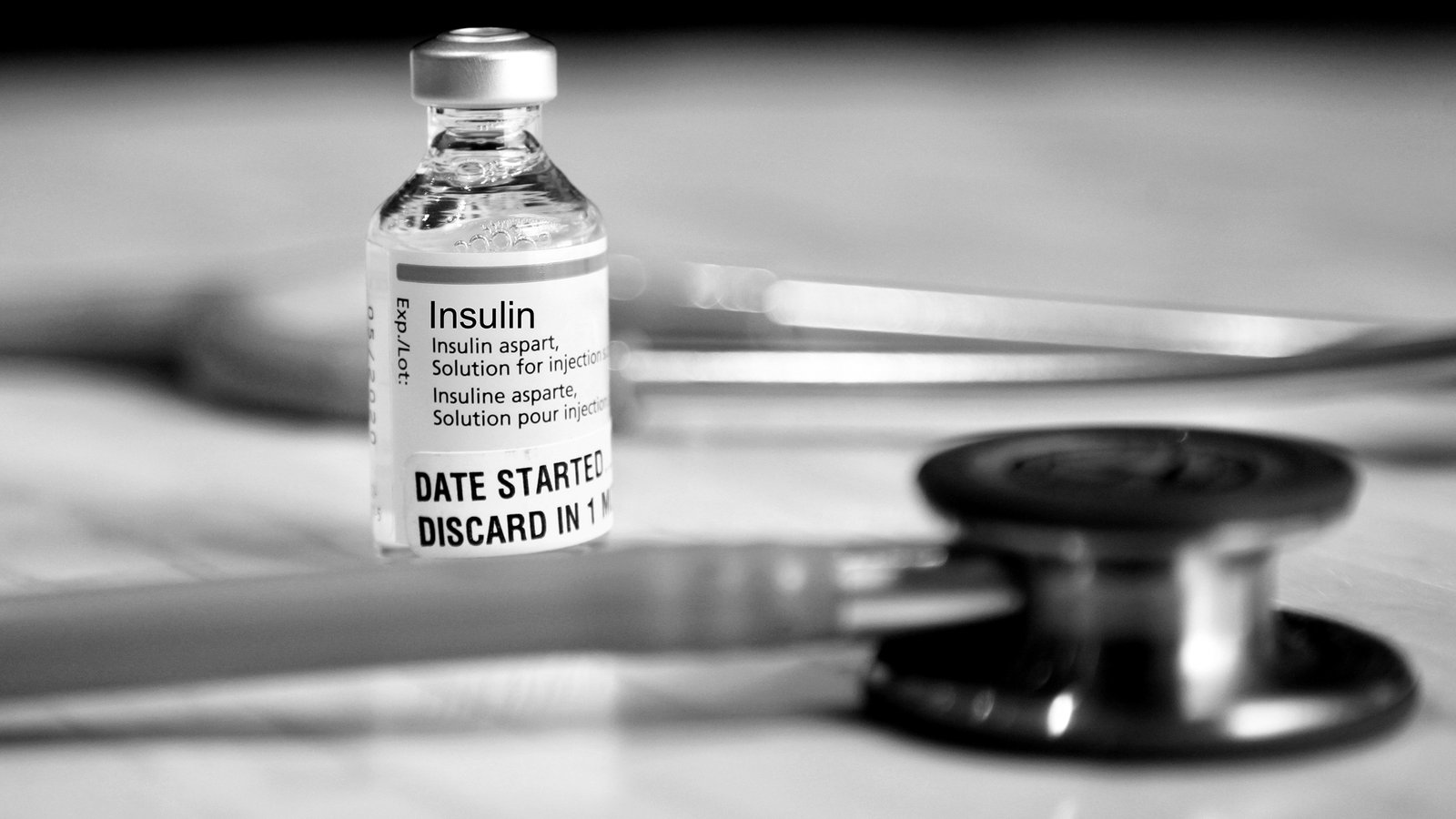
Storage of insulin:
stored in ẞ-cells of pancreas in the form of crystalline complex of six molecules of insulin and two atoms of zinc.
The Preparations and characteristics of newer insulin
Preparations of newer insulin
- Nuso: Bovine insulin.
- Actrapid; Neutral mono-component procaine insulin. Acts faster and less irritating.
- Monotard, Semitard: pork insulin called mono-component procaine insulin which are less antigenic.
- Humilin: human insulin obtained by recombinant DNA technology from E. coli culture.
- Rapitard: mixture of actrapid and nuso in the ration of 1:3
Characteristics of newer insulin:
- They are purer than older preparations. pro-insulin and the intermediate breakdown products of pro insulin have been removed. The purity is highest in mono-component procaine insulin.
- They are all natural and less likely to cause subcutaneous fat arrophy.
- They are more stable and do not require refrigeration.
- Mono-component procaine insulin is higly purified (more than 99Vo pure) and has 20-30 units of activity per mg. It also does not induce the formation of antibody (Gas antigenic). This reduces the incidence of insulin resistance. So they are used in patients allergic to beef insulin and beef insulin resistant patients
Pharmacokinetics of insulin:
R/O administration: Subcutaneous, i/M, I/v. Orally insulin is digested because it Is protein in nature.
Absorption: Slow from the subcutaneous site.
Metabolism: Liver 60%, kidney 40%.
Destruction is by breaking the disulphide bond by insulinase
Plasma half-life: 3-9 minutes
Excretion: Urine
Actions of insulin
Insulin is a powerful anabolic hormone.
A. It decreases blood glucose by:
1. Increase glucose uptake (liver
2. Increase glycogen synthesis.
3. Decrease gluconeogenesis.
4. Decrease glycogenolysis.
B. Increase transport of amino acid to muscle cells.
C. Decrease breakdown of fat
Pro Insulin
Pro-insulin is the biosynthetic precursor of insulin, which is synthesized in the ẞ-cells of islet of Langerhans of pancreas.
- It is cleaved from insulin pre-pro-hormone.
- Single chain polypeptide, which contains g6 amino acids
- Eight times weaker than insulin.
After having an appropriate stimulus 35 amino acids (86-51 =35) released from pro-insulin and insulin is formed. This released 35 amino acids are known as C-peptide (connecting peptide). Proteolytic enzymes in the pancreas cut 35 amino acids from the pro-insulin to form insulin. Normally 6-870 of plasma insulin consists of pro-insulin.
C-Peptide
C-peptide means connecting peptide. In pro-insulin a chain of amino acid reduces links the terminal Glycine of the insulin A chain to terminal threonine of the B-cell. proteolytic enzyme in the, pancreas splits off the connecting peptide from pro-insulin to form insulin. This free connecting peptide is called peptide Importance of C-peptide
- In case of insulin resistance some anti-insulin antibody is formed. Then C-peptide can be measured and it can be confined that whether insulin is secreted or not, as it is released along with insulin and does not produce antibody in human body.
- In adenoma of the pancreas blood concentration of proinsulin is much higher. So, C- peptide count decreased in this case.
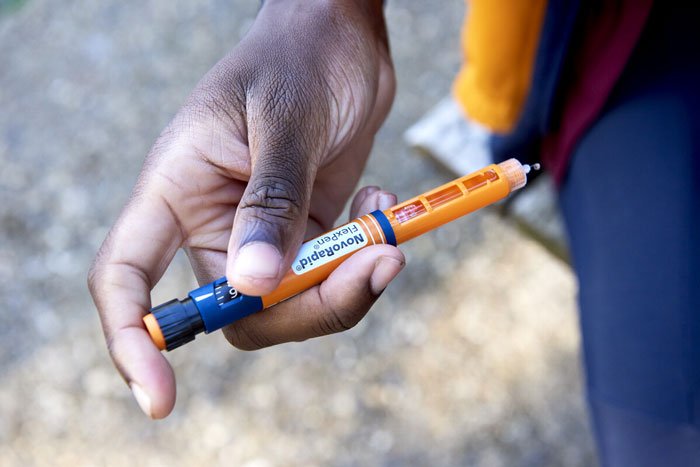
Mechanism of action of insulin
1. Insulin binds with a specific receptor on the cell membrane. This insulin receptor complex decrease cAMP by –
- Inhibiting the enzyme adenylate cyclase and
- Activating of enzyme phosphodiesterase
- CAMP activates phosphorylase-kinase and inactivates glycogen synthetase-kinase and thereby promotes glycogenolysis & inhibits glycogenesis. Insulin inhibits CAMp formation resulting in decreased in glycogenolysis and increased glycogenesis. c-AMP activates the lipase of adipose tissue cells. Insulin causes fall of concentration of cAMp in adipose tissue cells.
- Dephosphorylation of triglyceride lipase results in inhibition of lipolysis.
2. Insulin receptor interaction increases the membrane transport of glucose, amino acids and potassium ions and also influence the activity of intracellular enzyme system. Alteration of intracellular activity is brought about either by the formation of some modulators or by the removal of a modulator.
3. A mechanism by which insulin promotes facilitated diffusion of glucose & active transport of amino acid is not known precisely. But theory is removal of Ca** from cell membrane by insulin facilities these effects.
Insulin increases protein synthesis by translation and transcription.
Insulin promotes the uptake of K and Mg++ by the cells, which are important in metabolic reaction. It explains the role of these actions as Second messengers to mediate insulin action.
Indications of insulin
Absolute indication of insulin:
A. IDDM
1. All diabetes complications:
2. Diabeticketoacidosis.
3. Diabeticnephropathy
4. Diabetic neuropathy
5. Diabeticretinoparhy
B. Postoperative management of IDDM and NIDDM.
C. Management of hyperkalaemia.
D. Diabetes in pregnancy
E. Diabetes with trauma, acute in
Relative indication of insulin:
1. NIDDM (if oral hypoglycaemic therapy fails)
2. Maturity onset diabetes.
3. In the treatment of hypoglycaemia.
4. Diagnostic purpose:
- Test for completeness of vagotomy.
- Anterior pituitary function test.
5. Emergency control of blood sugar.
6. Cyclic vomiting in children.
Indication of newer insulin:
1. Insulin resistance
2. Allergy to conventional preparations
3. Lipodystrophy at the injection site.
4. Diabetes with Pregnancy (?).
5. Pregnancy with diabetes (?).
Adverse effects of insulin:
1. Hypoglycaemic shock.
2. Systemic insulin allergy and insulin resistance due to IgE and IgG anti-insulin antibody formation.
3. Lipodystrophy due to absorption of subcutaneous fat at the site of injection (this can be prevent by changing the site of injection)
4. Lipohypertrophy.
5. Eye-insulin presbyopia.
6. Obesity and fluid retention.
7. Hypokalemia, alopecia (baldness)
8. Neuropathy.
9. Abdominal bloating.
Routes of insulin administration
1. Oral: Not indicated.
2. S/C inj: Site: abdomen, buttock, anterior aspect of the thigh, dorsal arm. Absorption is more rapid from the abdominal wall, followed by the arm, buttock & thigh. Rotation of insulin injection sites has traditionally been advocated to avoid lipohypertrophy or lipoatrophy.
3. I/M or I/V: In emergency situation (diabetic ketoacidosis)
4. New routes: Nasal, rectal, S/C implantation of pellets.

Dose of insulin and treatment regimen
For therapeutic purposes, doses and concentrations of insulin are expressed in units. One unit of insulin is equal to the amount required to reduce the concentration of blood glucose in a fasting rabbit to 45 mg/dl.
A. Simplest regimen: Single dose internrediate acting insulin before breakfast.
Initial dose: 10-20 U of NPH.
Dose can be raised by 4-10 U every few days.
B. Split dose of intermediate acting insulin: 2/3 of total daily dose: Before breakfast.
1/3 of total daily dose: Before dinner.
Morning dose is adjusted according to the afternoon glucose level, and the evening dose is adjusted according to the fasting glucose level.
C. Multiple injection therapy:
Dose: 0.5 unit/kg body weight/day (S/C in 3 divided doses) Time: Just before meal (B-BLD)
B-B: Before breakfast.
B-L: Before lunch
B-D: Before dinner
Choice of insulin preparation:
There are two types of regimen for patients requiring insulin –
A. Intensive/flexible therapy: This uses pens (or pumps) to administer multiple injections of short-acting insulin during the day to mimic prandial secretion of insulin by the pancreas, and a single nigh-time dose of long-acting insulin.
B. Conventional therapy: This involves two injections a day of biphasic insulin. Soluble insulin or one of the rapid-acting analogues is given subcutaneously three times a day. Soluble insulin is given 30 min before meals whilst the analogues have the advantage of being given immediately before, during or after the meal. Risk of hypoglycaemic reaction is lower with the analogue.
NPH insulin or one of the long-acting analogues is given at night. This mimics basal pancreatic insulin release. The long acting analogues do this more effectively over 24h than NPH insulin, and avoid risk of nocturnal hypoglycaemia. NPH and long-acting analogues may occasionally be given twice daily.
Biphasic insulin are a mixture of variable proportions of soluble insulin with NPH insulin, or of short-acting analogue with protamine insulin. Above preparation are normally administered subcutaneously. Soluble insulin may also be administered by intravenous infusion. This is the preferred method of delivery in diabetic ketoacidosis, in other critically ill patients, and in perioperative management of diabetes.
It is an immediate type of hypersensitivity. Insulin form IgE anti-insulin antibody. Histamine is released from the tissue mast cells, sensitized by IgE→ local or systemic urticaria.
The order of antigenic potency, in descending order is –
Beef insulin
↓
Pork insulin
↓
Highly purified (single pig) pork insulin
↓
Human insulin
Antigenicity increases as the duration of action of insulin is increased. Thus protamine zinc insulin is the most antigenic because of its long duration of action and also because it contains a large amount of basic protein protamine.
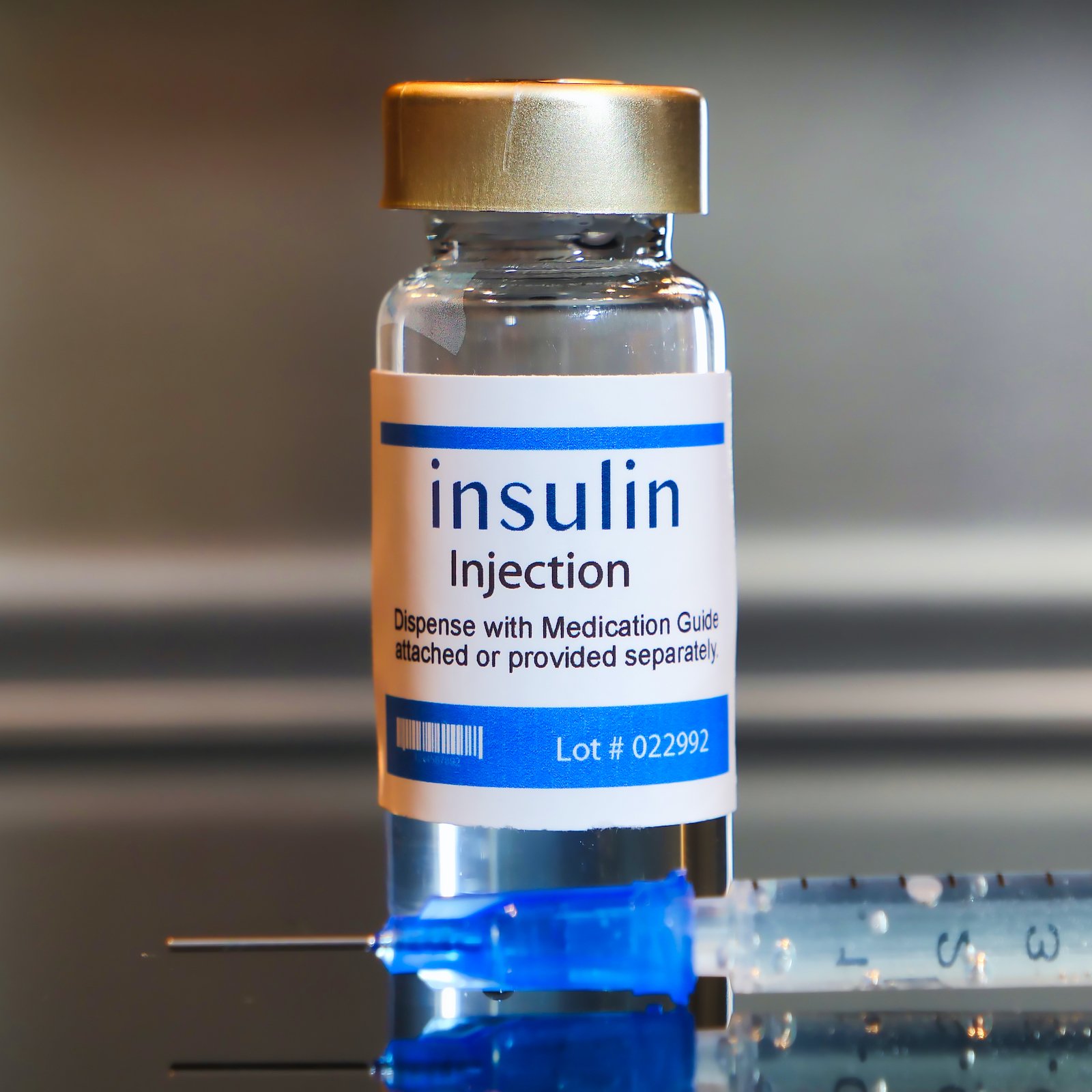
Read More…
